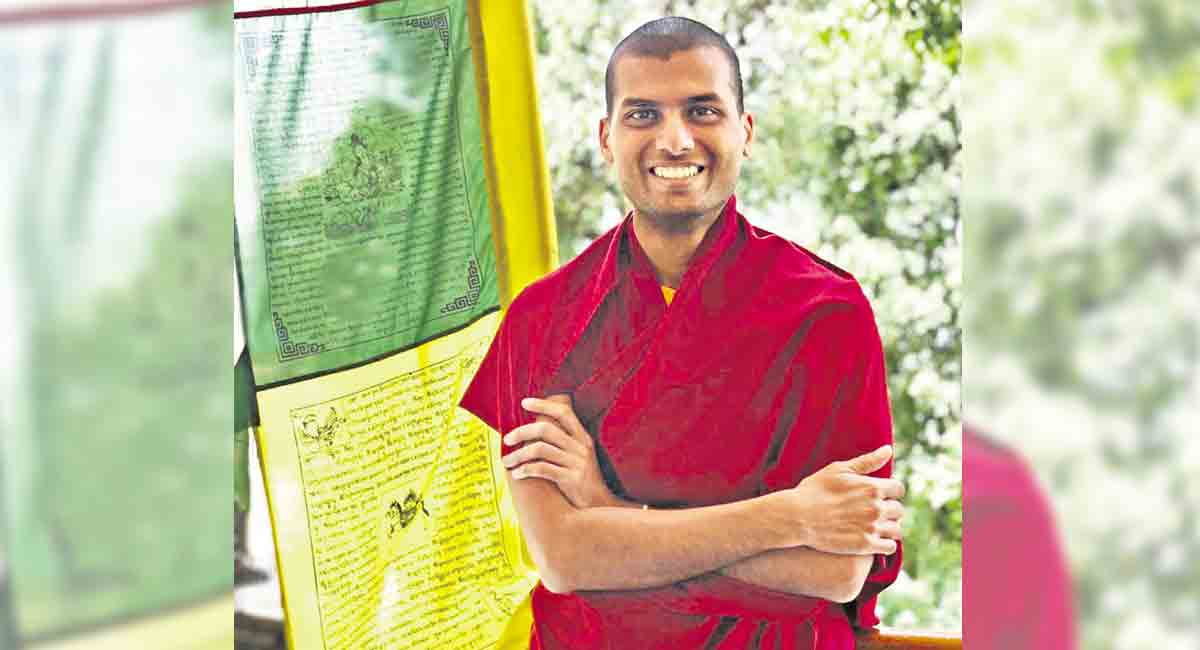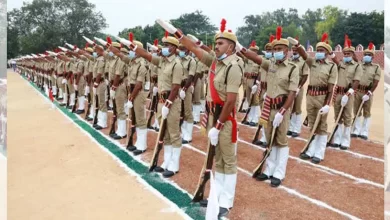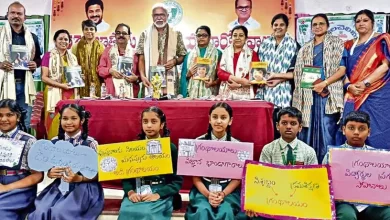Buddhist queer monastic seeks inclusivity

Hyderabad: Tashi Choedup, Buddhist and queer. It is not an introduction one hears often. “We do not choose to be who we are; we are just who we are,” says the 30-year-old Hyderabad-based transgender monastic who goes by the pronouns they/their and she/her indicating their non-binary gender identity.
When asked about the time Tashi first understood their sexuality, Tashi says people, who are homosexual or trans, do not suddenly wake up one day and realise their gender identity. It is something they were aware of from a young age.
Like others from the queer community, they also used the internet to understand queerness and were put through inconvenient doctor appointments to ‘cure’ them. At every new space they entered, they had to reiterate their gender identity — including the monastic community when Tashi decided to convert to Buddhism.
“I have engaged with different faiths and got introduced to Buddhism as well. When I started studying and engaging with Buddhism more, it made sense to me,” they said. Walking into a monastic community was not easy. They had to start from scratch, slipping details about their gender identity in conversations.
If there is anything they miss about non-monastic life, it is the saris, first worn at work where they had a closet full of colourful saris, something not possible at home. For Tashi, saris were not just clothing but a clear indication of gender identity — a trans feminine person, which now has to be reiterated to every new person as a monastic robe fails to give a clear picture.
On what could be done to make the State more inclusive, they say: “A few bureaucrats in our State have been actively working for the community in recent times and the State government has also come up with some initiatives. But a lot more needs to be done.”
To parents of queer individuals, Tashi says: “It comes easy to hate things that we do not understand. As parents, you might have had a certain idea of a child. But when they turn out to be different, try to understand and support them. After all, people don’t get to choose their sexuality and gender.” Tashi currently works as an Outreach Fellow with Anveshi Research Centre.
All about they/their
They, she, him, their and other such words are pronouns used on a daily basis. These words help us to identify or refer to ourselves, other people and things. Typically, she/her is used to identify a female and he/him is used to identify a male.
However, some individuals may not feel that they fit into the gender binary of female and male. That is when one may use pronouns like they/their/them which help them identify themselves as non-binary.
Some people also use them/her or them/him as their pronouns. This means the person uses both pronouns, and you can alternate between those when referring to them.







